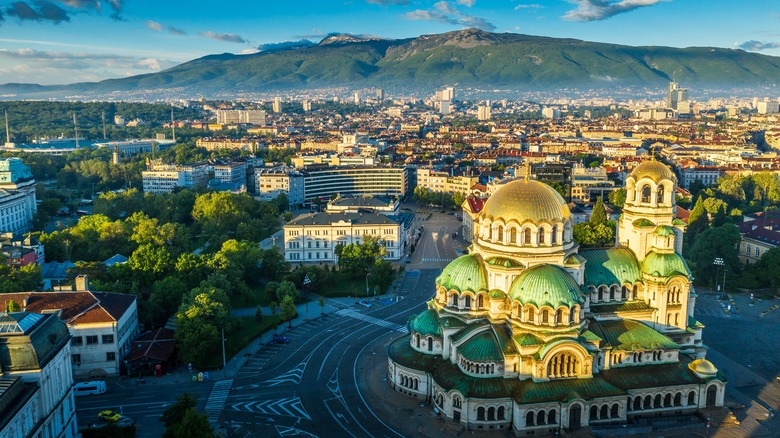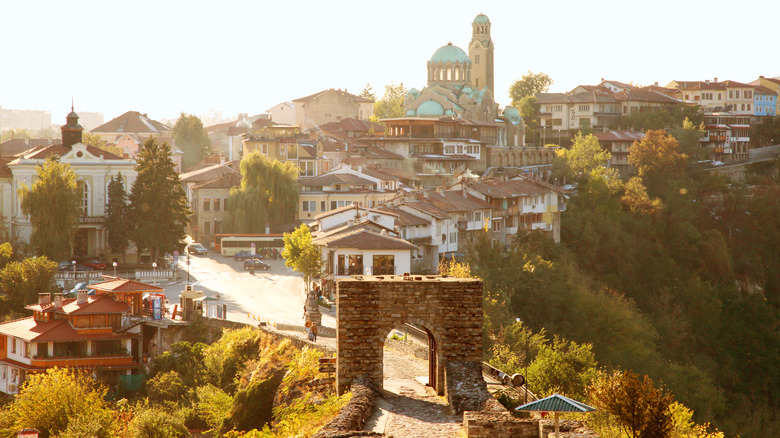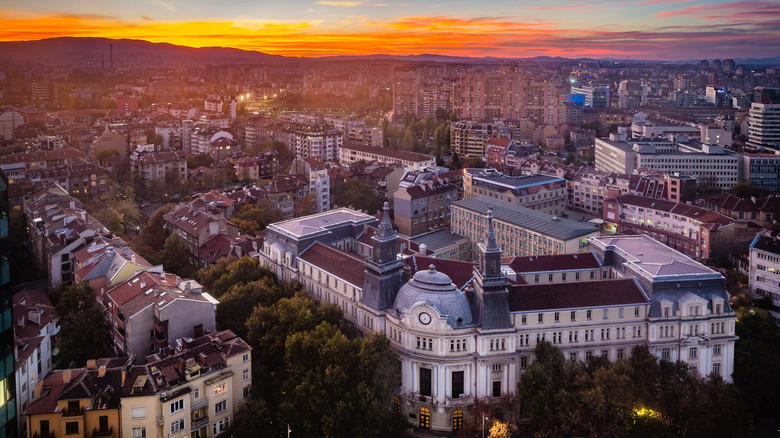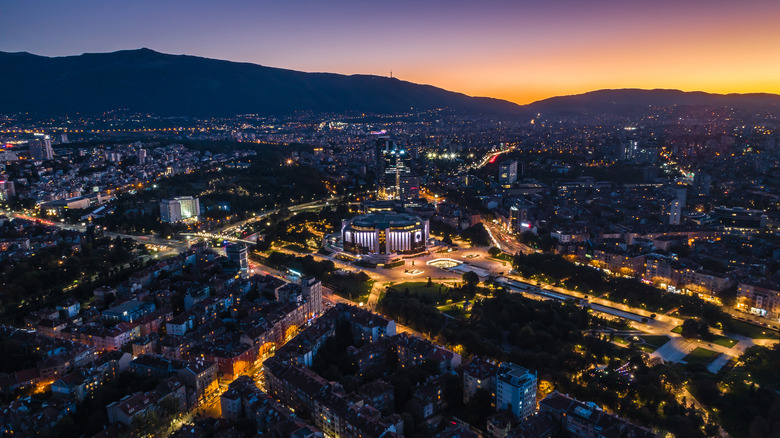One Of Europe's Most Budget-Friendly Capital Cities Is An Underrated Walkable Paradise
Sofia, Bulgaria's capital, is a hidden gem in Eastern Europe that offers visitors a blend of history, culture, and modern amenities. This underrated city is not only one of the most budget-friendly capitals in Europe but also a walkable paradise waiting to be explored. With a rich history dating back thousands of years, a vibrant arts scene, and stunning architecture, Sofia provides an ideal destination for travelers seeking an authentic European experience without breaking the bank.
The best time to visit Sofia generally falls between May and October, with each season offering unique experiences. Summer, from June to August, is peak tourist season, with warm temperatures ideal for outdoor activities, but it can get quite hot and crowded. It is one of the best European cities for an end-of-summer adventure, and for a balance of pleasant weather and fewer crowds, we recommend visiting in May, June, or September. Spring and early fall offer mild temperatures perfect for sightseeing, while winter, from December to March, attracts winter sports enthusiasts to nearby Vitosha Mountain.
Sofia hosts various events throughout the year, including the Sofia International Film Festival in March, the Sofia Lights Festival in July, and the Balkan Wine Festival in early June. For budget-conscious travelers, January tends to have the lowest hotel prices. Ultimately, though, the best time to visit depends on your own preferences for weather, activities, and events, and each season offers its own unique charm and attractions.
A city steeped in history and culture
Sofia's history dates back over 7,000 years, making it one of Europe's oldest cities. Its landscape is dotted with remnants of its past, from Roman ruins to Ottoman mosques and Soviet-era monuments. Visitors can explore the iconic, free-to-enter Alexander Nevsky Cathedral, one of the largest Eastern Orthodox cathedrals in the world, and the nearby National Museum of History, which houses an extensive collection of Thracian gold artifacts. Most of its attractions can be seen from one of the city's walking tours, many of which are free. These tours typically last about three hours and cover many points of interest, including the Central Mineral Baths and the famous Statue of Sofia.
The city's cultural scene is equally impressive, with numerous theaters, galleries, and museums showcasing Bulgarian and international art. The Ivan Vazov National Theatre, Bulgaria's oldest and most prestigious theater, stands as a testament to the country's rich artistic heritage.
While Sofia shares many traditions with the rest of Bulgaria, there are a few customs and events that are particularly associated with the capital city, including particularly grand New Year celebrations, various events related to hiking and skiing thanks to its proximity to Vitosha Mountain, the Sofia Breathes street festival, and the Sofia International Literary Festival. Each celebration has its own history, and Sofia has developed its own urban traditions that blend Bulgarian heritage with contemporary city life.
Affordable urban adventures and culinary delights
Sofia's affordability extends beyond its walkability and free sightseeing to its culinary offerings and entertainment options. The city boasts a thriving food scene, with traditional Bulgarian restaurants serving hearty dishes like banitsa, a cheese pastry, and shopska, a cold salad, at very wallet-friendly prices. In particular, the Central Sofia Market Hall offers a variety of inexpensive food options, where visitors can sample Bulgarian specialties alongside locals. It's the perfect place to explore alone, but the Balkan Bites free food tour provides an excellent introduction to Bulgarian cuisine, taking visitors to family-owned restaurants for complimentary food samplings.
You can also enjoy leisurely strolls through the city center, taking in the vibrant atmosphere of Vitosha Boulevard, Sofia's main shopping street, and the nearby City Garden, the city's oldest park, and Borisova Gradina Park, the city's largest park, provide green spaces for relaxation and people-watching. Adventure seekers can take a short trip to Vitosha Mountain, which offers hiking trails and ski slopes depending on the season, all accessible by public transport.
A vibrant nightlife and convenient location
For those looking to experience Sofia's nightlife without overspending, the city offers a variety of bars, restaurants, and boutique shops, as well as impressive street art. Two of the city's most popular nightclubs are Yalta Club, which features a minimalist interior and hosts DJs and electronic music, and Once Upon A Time Biblioteka, which plays popular dance and pop hits and is located in the National Library. Sofia also boasts a number of unique bar experiences, including Hambara, a candlelit bar known for its live music; Restart, a board game bar; Grindhouse Skate Club, an underground live music venue with a skating ramp; and Apartment, a bar that doubles as an art gallery, cinema, and cultural hub.
While Sofia offers a wealth of urban experiences, those seeking coastal adventures can easily extend their trip to nearby Croatia. Island hopping in Croatia provides a perfect complement to Sofia's landlocked charms, allowing travelers to experience both the historic streets of an Eastern European capital and the stunning Adriatic coastline in one vacation.



